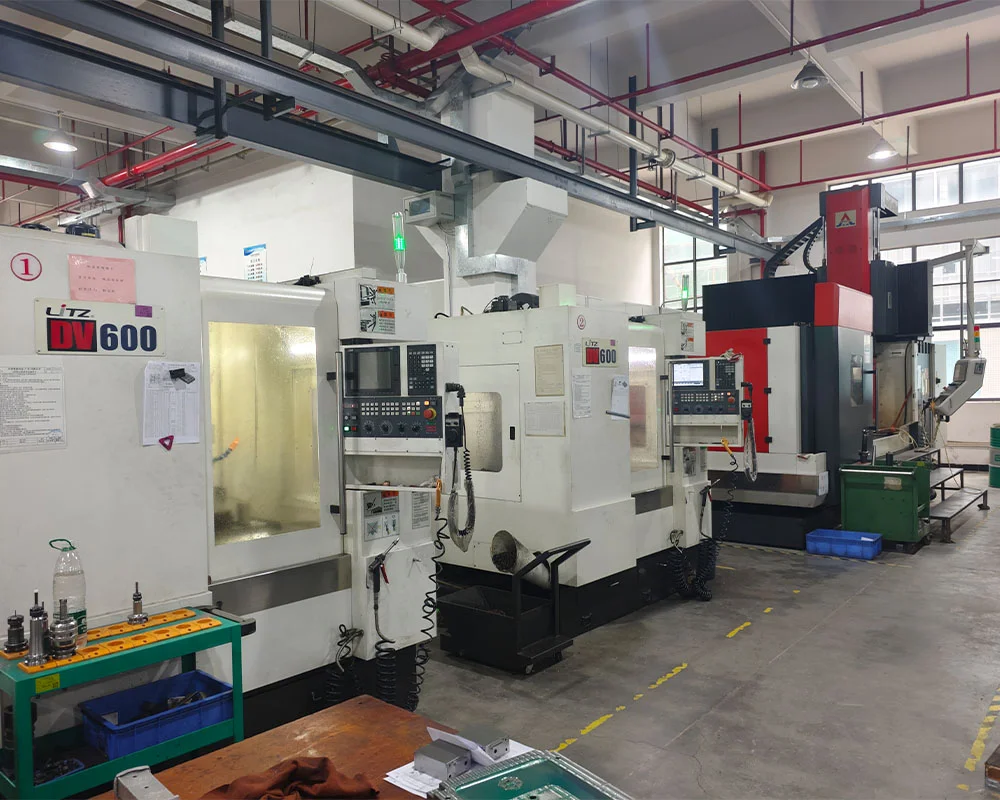In today’s fast-paced world, electronic devices are essential in almost every aspect of daily life. Whether it’s smartphones, laptops, or other gadgets, these devices depend on precision-engineered components for flawless functionality. Plastic injection molding has emerged as the most appropriate manufacturing process for electronic components owing to its low cost, high design freedom, and extremely high accuracy. The subsequent article elucidates why plastic injection molding is the best option for electronic product manufacturers.

Comprehension of Plastic Injection Molding
Plastic injection molding is one of the processes of manufacture in which the plastic is heated and injected into a specially crafted mold. It is then opened after cooling down and hardening, and the final product is pushed out. The process can support very complicated designs and extremely complexly formed products with enormously high precision. The primary elements of the process are the plastic resin, the mold, and the injection molding machine. The injection molding machine melts and injects the plastic into the mold but not the mold itself because it decides the ultimate shape and size of the product.
Some of the resins which are manufactured from specific properties which are employed are specially prepared for specific use.
The advantages of plastic injection molding to produce electronics
Some of the advantages of plastic injection molding are utilized by electronic producers to ensure electronic components meet specifications and produced with ease.
Accuracy and Reproducibility
Accuracy and consistency are most important in the case of electronics. Any part, no matter how basic or intricate it may be, should be an ideal fit to the device. Plastic injection molding is of uniform tolerance and uniform, and thus most suitable to produce components that require high precision, e.g., sockets and connectors. This means the components are the same every time and perform the best in the long term.
Cost-Effectiveness
Cost-effectiveness is what the new competitive market demands. Plastic injection molding is also optimally used in mass production and is therefore extremely cost-effective per unit. Material wastage is also greatly reduced in the process, and post-processing later on is also minimal, which again saves on the cost of production. The automatic process also does not involve labor costs, thereby making it an efficient cost option for manufacturers as well.
Design Versatility
There is an increasing demand for proprietary and specialty designs in the electronics world. Plastic injection molding offers complete design freedom, and thus parts of complex shape and high-definition details can be manufactured by the companies. Branding in terms of color and logos can also be created in the product with the process, giving uniqueness to the product. It is also easy to select plastic materials from a variety of choices, each with its own unique set of various properties appropriate for many various requirements of performance.
Electronic components can also be protected against the environment such as moisture, dust, and shock. Most application of plastic injection molding comes in the manufacture of rugged enclosures and electronic component housing, insulation, and shielding from the outside world. Other plastics have superior electrical and thermal insulation qualities that can also insulate the user and the device from contacting each other. They are chemically resistant too, especially in extreme conditions.
Effective Production Process

Market speed is the top priority in high-speed electronics. Plastic injection molding accommodates rapid production and producers’ ability to meet stringent schedules. The process also reduces the amount of labor-intensive finishing because components are frequently manufactured with less finishing requirement. Injection molding also boasts the ability to include metal inserts into plastic, offering hybrid components with greater functionality.
Applications of Plastic Injection Moulding in Electronics
Plastic injection moulding is responsible for making most components in electronics, some of which are:
Enclosures and Housing: Laptop personal computers, mobile phones, remote controls, and telecommunication equipment.
Connectors and Sockets: Critical in making effective electrical contact.
Circuit Board Components: Clips, spacers, and mounting brackets applied in electronic assemblies.
Switches and Buttons: Long-lasting components for user inputs in equipment.
Cable Management Systems: Cable organizers, conduits, and cable ties aimed at limiting wire and cable abuse.
Wearables and IoT Devices: Thin pieces required in today’s technology needs.
Electrical Outlet Covers and Switch Plates: Providing functionality and form.
Wire and Cable Spools: Easy-to-use spools to store wire.
Choosing the Best Materials for Injection Molding
Material choice forms a significant role in the performance design required of an electronic device. Materials found in injection molding are:
Acrylonitrile Butadiene Styrene (ABS): Strong medium-strength plastic for electronic component casing.
Polycarbonate (PC): Heat-resistant, strong, usually applied as a metal component replacement.
Polyamide (Nylon): Strong light, extremely wear-resistant characteristic.
Thermoplastic Urethane (TPU): Extremely chemically and scratch-proof, usually applied as a hybrid product.
Polyethylene (HDPE): Chemical resistance, extremely good to be used in wire insulation.
Polypropylene (PP): It possesses higher thermal stability and usage in consumer durables and health care equipment.
Overcoming the Challenges of Plastic Injection Molding
Plastic injection molding provides many advantages but has challenges to be overcome:
Complex Geometries: Mold design of complex geometry requires advanced engineering software and machinery.
Material Behavior: Most materials have non-uniform flow behavior, and this needs to be understood so defects are not created.
Contamination Control: Clean environment must be maintained so molded parts remain within their integrity.
Working with Silkbridge for Electronic Component Production
Plastic injection molding has transformed the production of electronic components, with precision, cost-effectiveness, and design freedom. With the help of a reliable partner like Silkbridge, you can leverage this technology to produce high-quality, durable, and affordable electronic products.
Silkbridge provides plastic injection mold-production with advanced equipment and robot automation to ensure high productivity. Our workshop can accommodate over 30 CNC machines and 25 EDM machines to allow us to produce molds with high accuracy. Whether you require mass production or custom-made solutions, we provide you with uniform and consistent results. To learn more about the Plastic Injection Moulding in Electronics available from Silkbridge, reach out to their team at contact@silkbridgeltd.com. Or their whatsapp link https://wa.me/8618122838771


